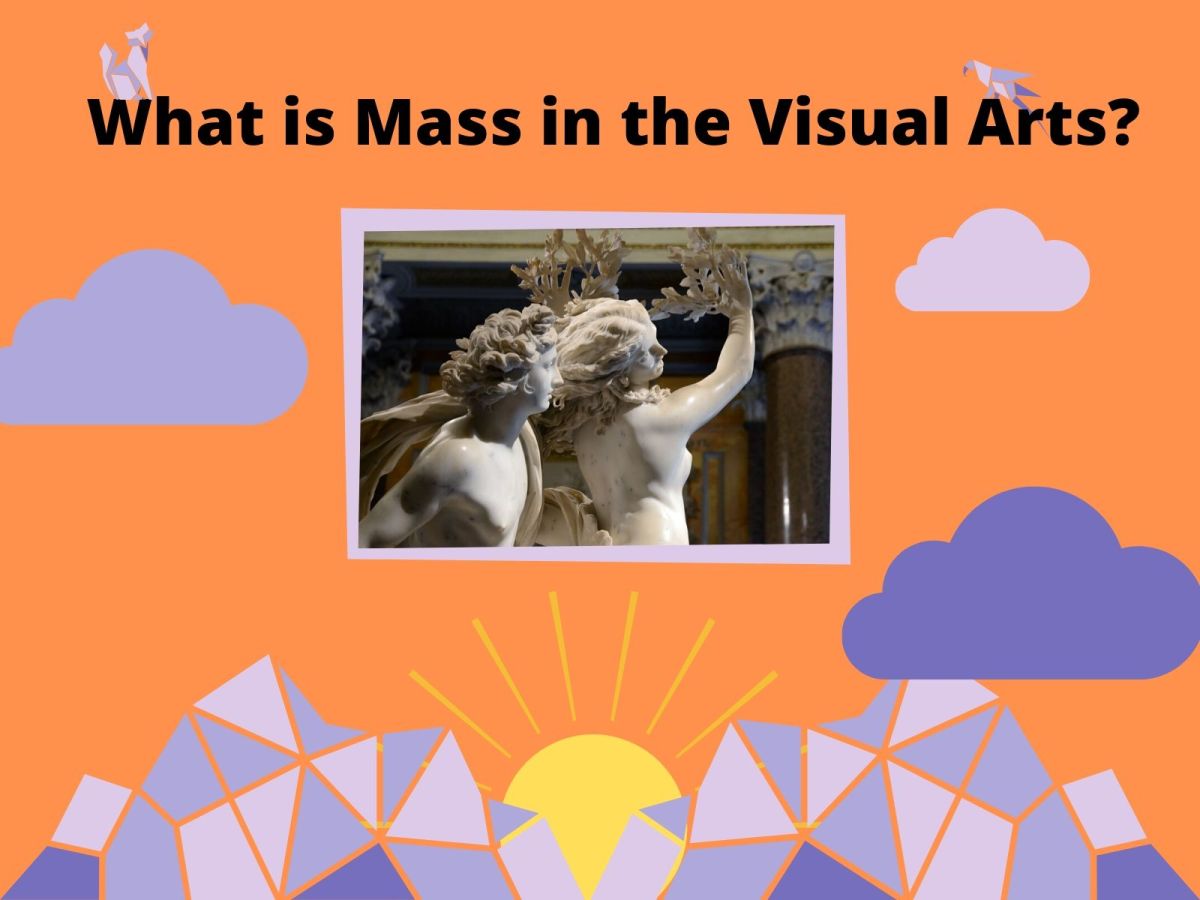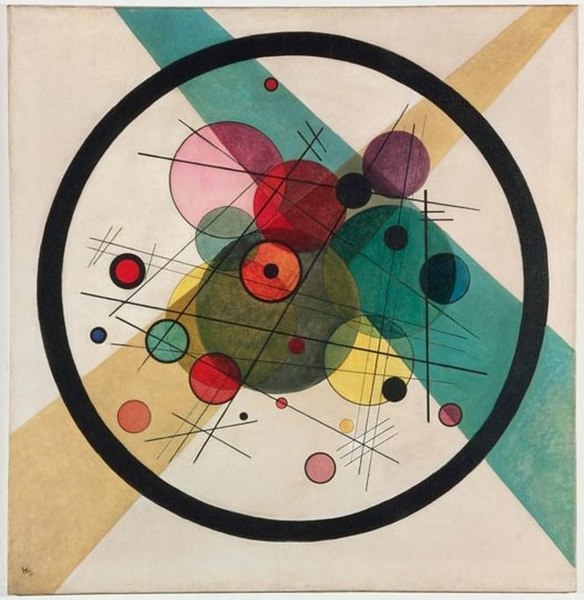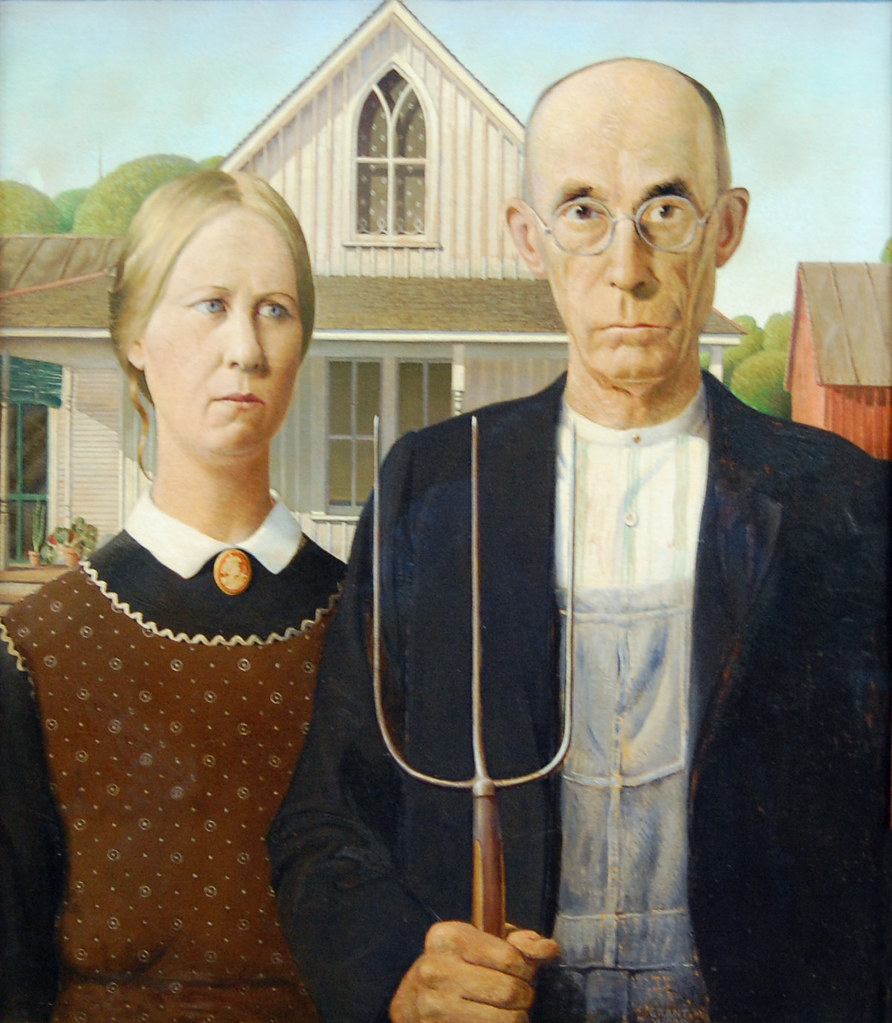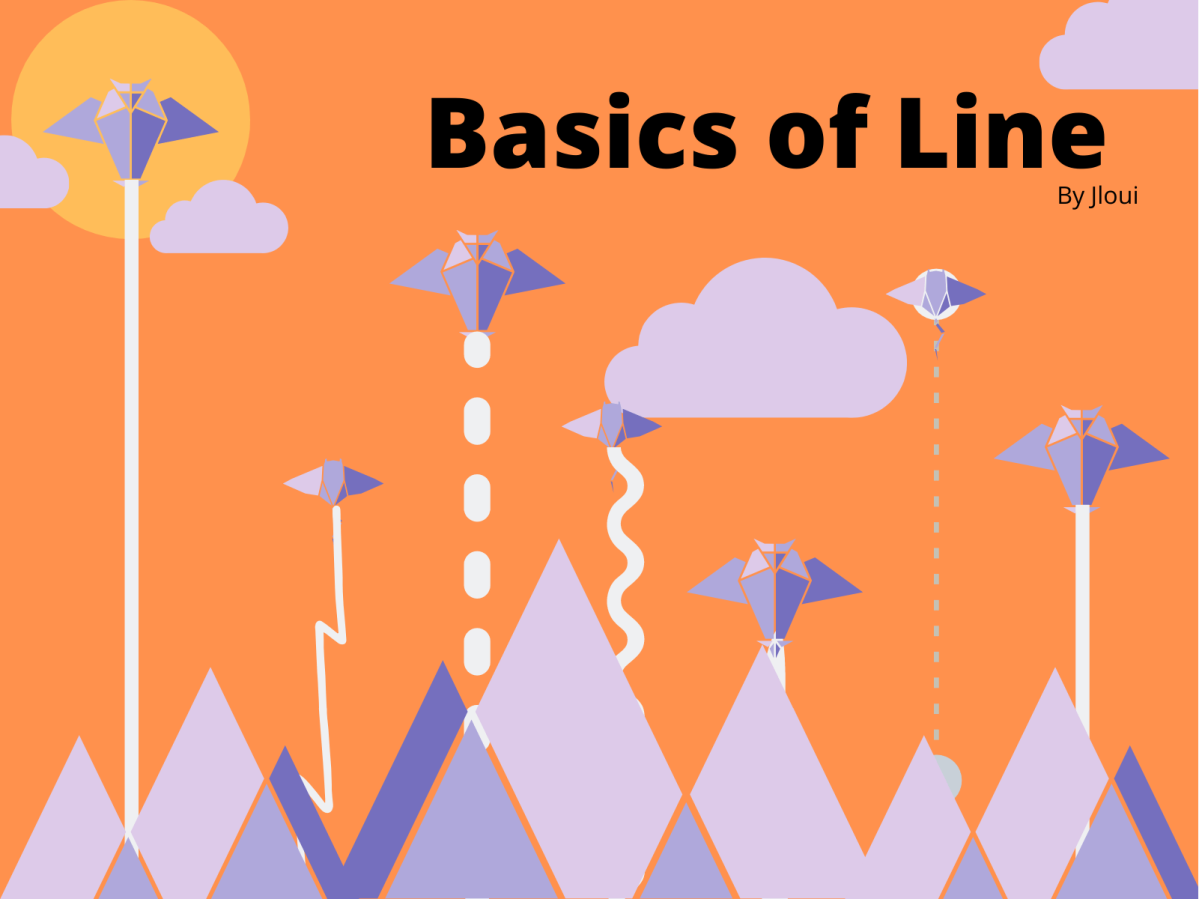Today, terms are interchangeable in art. One term to one artist or historian may mean something similar but completely different to another. Given this, young artists, college students, and independent artists are in a state of confusion as to what means what in a composition.
Because of these interchangeable terms many are left to develop their own idea of what any art term means, which in turn muddles things more.
So with that being said, here I am, throwing my own interpretation of what mass is and why it is different from shape into the modge-podge of art terms (not trying to be hypocritical or confusing at all).
What is Mass in Art?
Simply stated, mass in art can be defined as the inherent grouping of matter in an object.
This means it is different from shape. If you have read my article on shape, you will know the definition of it. However, to briefly sum it up, shape is an object created by line and pertains to the two-dimensionality of a piece of art.
Much like shape, there are geometric and organic shapes, which depend on the nature of what you’re trying to depict. Geometric is mathematical, and organic are shapes you’d find in nature.
However, the complexity of communicating mass is something many struggle with. One primary way to communicate mass is by using space, which is a way artists visually mold mass into a recognizable shape.
This leads me to briefly explain each term which accompanies mass.

Aspects of Mass
Space
First, is space. Space is the expanse of area not occupied by anything. It’s the empty parts of your living room, the void in my soul, and the inherent emptiness of that bowl as you savor that last spoonful of ice cream in quarantine.
Eh-hem. Next term.
Form
Next, we can discuss the term form. Form is portrayed in two ways: Open and closed.
Open form occurs when a piece of art such as sculpture or pottery becomes invaded by space. This means that the artwork has space invading the perimeter of the piece. Take for example the Recumbent Figure by Henry Moore, made in 1938. This piece demonstrates how space engulfs and can invade the area of a piece to define mass. It can be seen in how the space goes into the hole created by the absence of mass, thus defining the piece.

In juxtaposition to that is the closed form. Think of a simple solid orb. Think of it harder. This orb is closed because no space is invading it’s interior or exterior. It’s simply a closed form object.
Can Mass Occur in 2D Art?
Short answer: Yes. But not in the same way it can in a three dimensional medium. In a two-dimensional piece, a shape that seems like there is inherent mass to an object is called Implied Mass.

Take for example Claudio Bravo. In the below image, you can see how Bravo establishes an implied mass in his painting La Lectura by using several artistic techniques to imply that a pair of women exist and is lounging inside a picture plane. The women are implied, for they cannot have actual mass inside of two-dimensions.
Shape and Mass are DIFFERENT!
Shape and mass are two different terms, however often times people use them interchangeably. It’s important to know the difference between the two, because knowing the difference will help clarify misunderstandings when critiquing artwork.
Just remember, shape refers to two-dimensional pieces of art, such as paintings, sketches, and photography. Mass, however, deals with three dimensional pieces, such as sculpture and architecture. Now, as previously stated, 2D art can have implied mass, where something appears to be in two dimensions, but not actual mass given the inherent nature of the two-dimensional medium.

Final Thoughts
It is important to understand what mass is in art and where you should or should not say it is. As stated at the beginning of the article, many terms can be misconstrued in the art world today. By understanding the differences in terminology, people discussing art can better understand each other when communicating their ideas on it.
This article on mass will have hopefully taught you what the meaning of mass is!
So with that, I hope you enjoyed, have a great day, and please, if you enjoyed my writing, subscribe to my blog for future blog posts!
Until then, be safe and wash ya nasty hands!
















